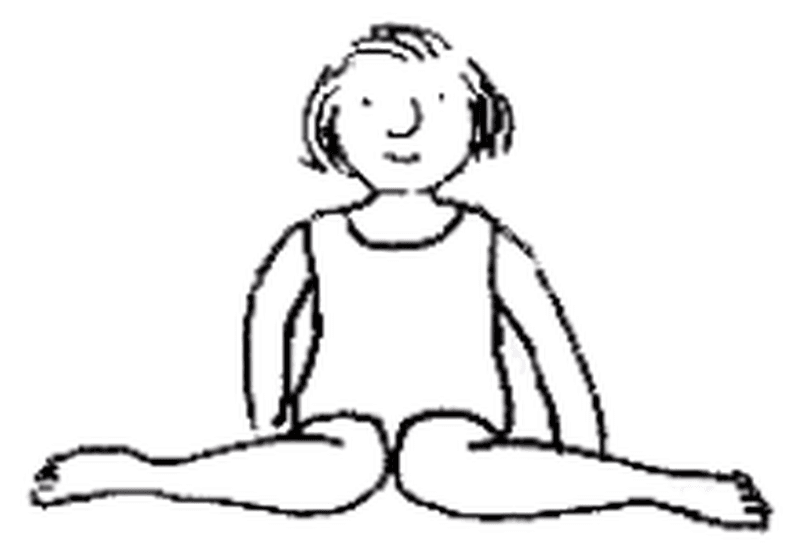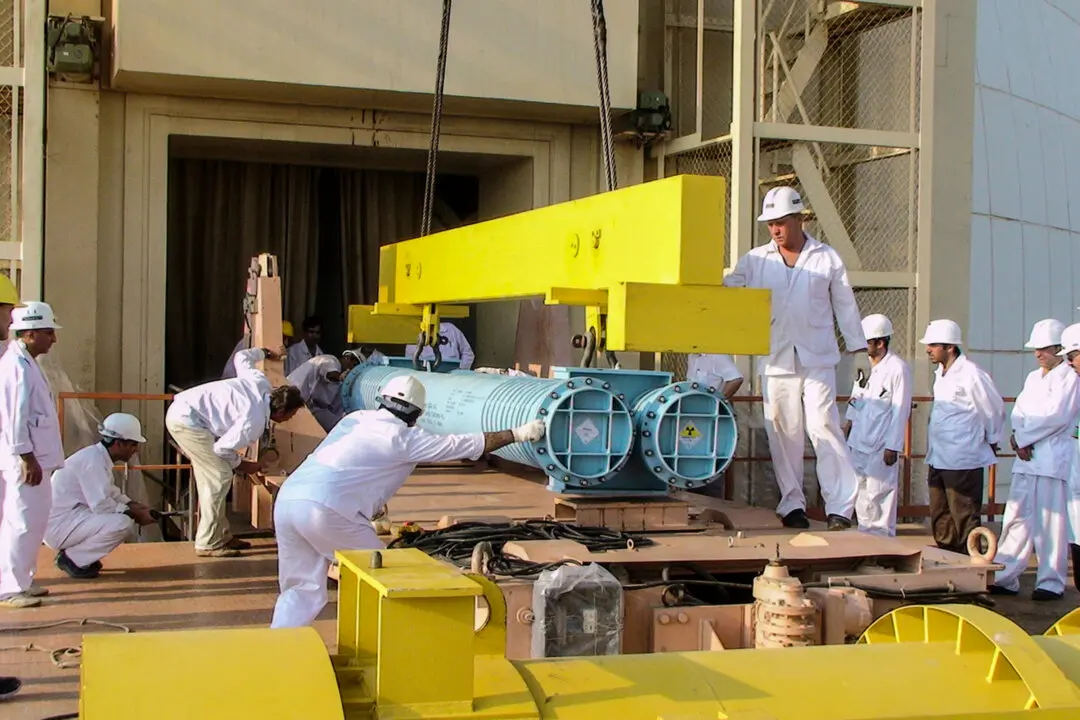“W-sitting” common sitting position among children, but some experts and articles warn that it might be detrimental to their health.
Google for “W-sitting” online, and there are a number of articles from experts that warn parents against allowing their children to sit in this manner.





